The Supreme Court’s Top-10 Environmental Law Decisions
Legal Planet
MAY 16, 2024
This is the case that put teeth into the Endangered Species Act. Resisting the pleas that saving a minor species of fish was not worth halting a dam project, the Court held that the statute meant what it said: protecting endangered species is a paramount value. Hill, 437 U.S. Defenders of Wildlife, 504 U.S.


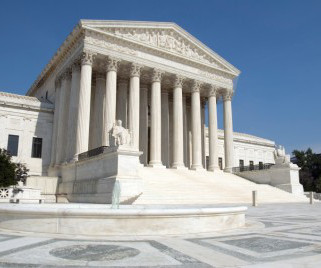
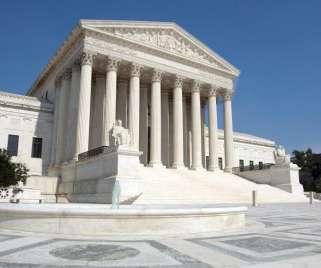


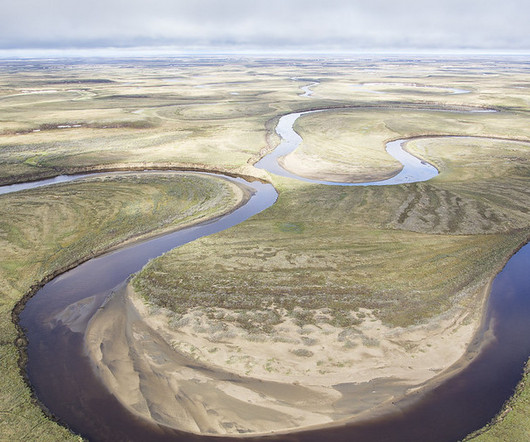
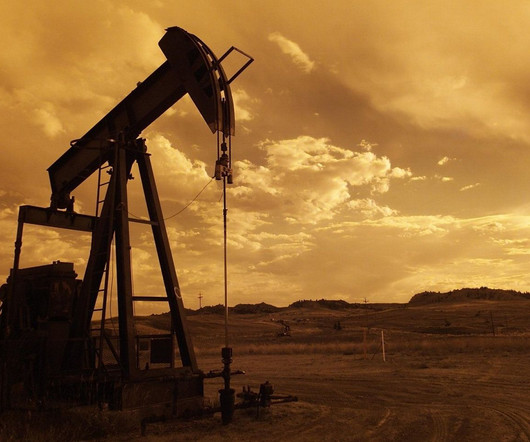




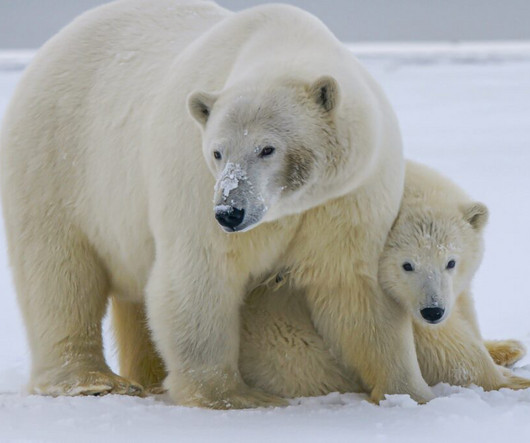





















Let's personalize your content